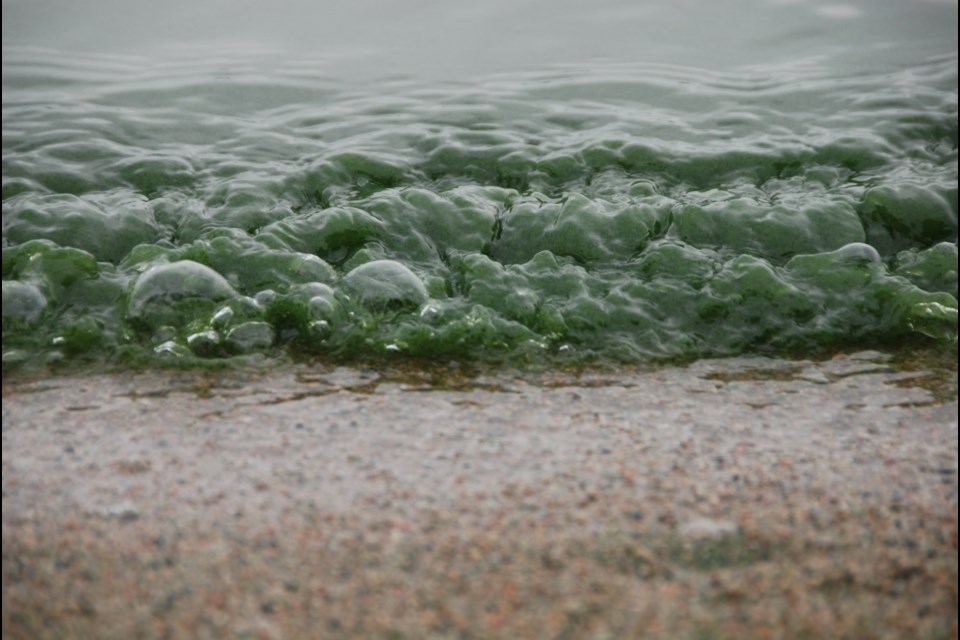Warmer temperatures can result in the quick formation of algae blooms, and the Water Security Agency and the Saskatchewan Ministry of Health want everyone to take precautions.
Algae blooms typically occur during calm, hot weather in areas of lakes and reservoirs with shallow, slow moving or still water that has sufficient nutrients. Algae blooms may give the water a shimmering, foamy pea soup appearance. They are usually blue-green, bright blue, grey, or tan in colour.
You should avoid swimming in or drinking water where blue-green algae blooms can be found. Pet owners and livestock producers should also take steps to protect animals.
Contact with affected water can cause red skin, sore throat, cramps, or diarrhea. If you have any symptoms, call Healthline at 811 or contact your health care provider.
You should also be mindful of animals that are in contact with algae blooms. In particular, be careful of fish or shellfish caught in affected areas. Do not eat the internal organs of the fish.
Algae blooms may last up to three weeks.
Visit the government’s Healthy Beaches website to get weekly updates on water quality issues at recreational beaches.




